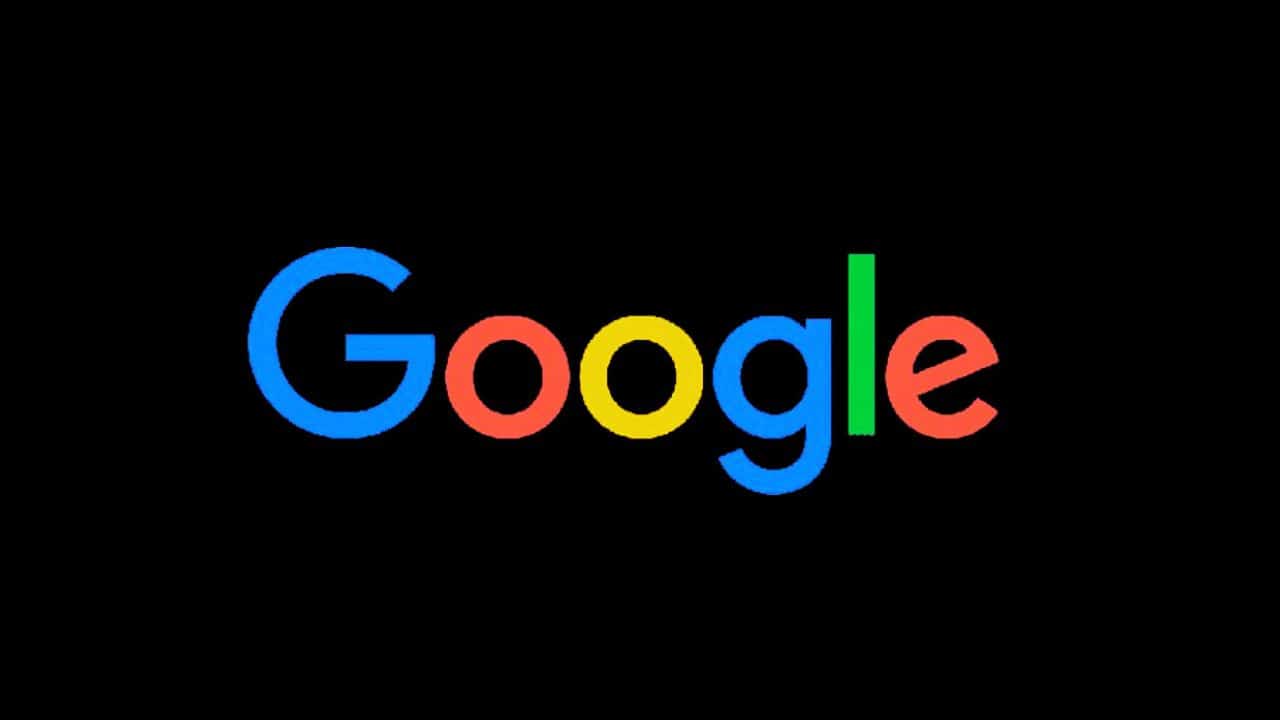Google has made a groundbreaking announcement with the unveiling of its latest quantum computing chip, named ‘Willow.’ This innovative chip sets a new benchmark in the quantum computing industry, demonstrating exceptional advancements in speed, efficiency, and error correction. Sundar Pichai, the CEO of Google and its parent company Alphabet, shared this significant milestone on X (formerly Twitter), emphasizing Willow’s potential to revolutionize industries such as drug discovery, fusion energy, and battery design.
A Major Milestone in Quantum Computing
In his statement, Sundar Pichai described Willow as an “important step” in Google’s long-term vision of building a practical and large-scale quantum computer. According to Pichai, this journey began 12 years ago when Google AI was established with the goal of harnessing quantum mechanics to solve real-world problems. Willow is a testament to that vision, showcasing the company’s commitment to pushing the boundaries of technology.
Revolutionary Computational Speed
One of Willow’s most remarkable achievements is its computational speed. The chip was able to complete a standard benchmark computation in under five minutes. To put this into perspective, Frontier, one of the fastest supercomputers in existence today, would take an estimated 10 septillion years to perform the same task. This extraordinary leap in speed highlights the unique capabilities of quantum computing compared to classical computing systems.
State-of-the-Art Fabrication Facility
Willow was developed in Google’s newly constructed fabrication facility in Santa Barbara, California. This state-of-the-art facility is among the few in the world designed exclusively for quantum computing hardware. By building this facility from the ground up, Google has created an environment optimized for innovation in quantum chip design and manufacturing, enabling breakthroughs like Willow to become a reality.
Advanced Error Correction and Scalability
A critical challenge in quantum computing has been error correction. Quantum bits, or qubits, are extremely sensitive to environmental factors, which can lead to computational errors. Willow addresses this issue with its 105 qubits, which provide “best-in-class performance” in quantum error correction and random circuit sampling (RCS). This represents a fivefold improvement over Google’s previous generation of quantum chips. The chip’s design allows for exponential error reduction as more qubits are added, making it a scalable solution for future advancements in quantum computing.
Applications Across Multiple Industries
The implications of Willow extend far beyond theoretical computation. Pichai highlighted its potential for practical applications in critical fields. In drug discovery, for instance, quantum computing could accelerate the development of new treatments by simulating molecular interactions with unprecedented precision. In energy, it could contribute to advancements in fusion technology and the design of more efficient batteries. Other potential applications include artificial intelligence, logistics optimization, and solving complex problems that are currently beyond the reach of classical computers.
A Vision Realized
Willow marks a significant milestone in Google’s quantum computing journey. The chip exemplifies the progress made since the establishment of Google AI and reinforces the company’s leadership in this cutting-edge field. As Pichai noted, the ultimate goal is to create a quantum computer capable of addressing some of the world’s most pressing challenges, transforming industries and driving innovation across the globe.
Paving the Way for the Future
With Willow, Google has demonstrated its ability to overcome some of the most significant hurdles in quantum computing. The chip’s advanced capabilities in error correction, speed, and scalability position it as a game-changer in the industry. As the technology continues to evolve, the possibilities for its application are virtually limitless. Google’s investment in this area underscores its commitment to advancing humanity’s understanding of quantum mechanics and leveraging it to solve real-world problems.
Willow represents not just a technological achievement but a vision of the future, where quantum computing becomes an integral part of solving humanity’s greatest challenges.








































